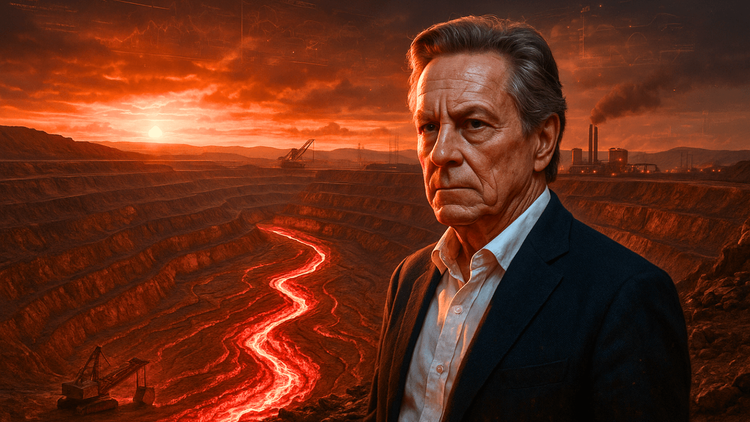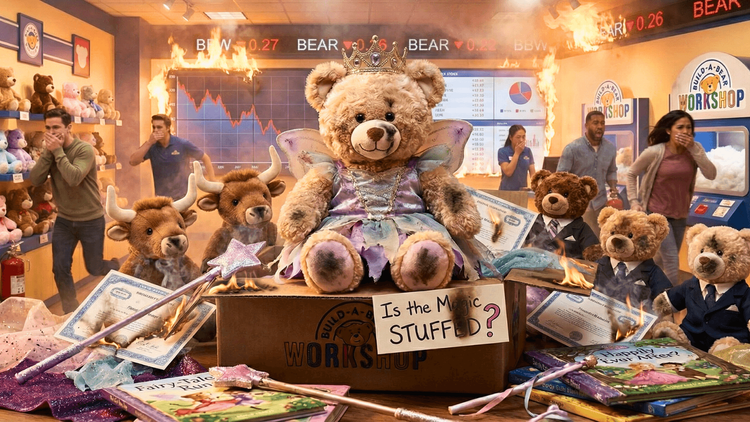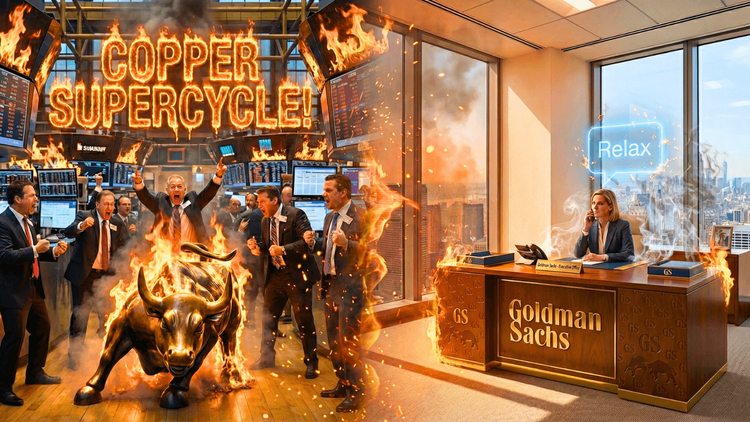Robert Friedland Warns: The World Is Sleepwalking Into a Copper Crisis
Robert Friedland warns that the world’s energy transition is heading straight into a copper supply crunch, one that could reshape economies, politics, and the future of electrification itself.

Robert Friedland, one of the most influential figures in global mining, is sounding the alarm on what he calls an unavoidable copper crunch that could reshape the entire world economy. Speaking from decades of experience building resource empires across continents, Friedland warns that the scale of demand for copper now hurtling toward the horizon dwarfs anything humanity has ever faced before. Over the next 18 years, he predicts, the world will need to mine as much copper as it has extracted throughout the past 10,000 years combined. It is, in his words, “a once-in-history challenge for civilization.”
Friedland has been preaching this message for years, and the numbers have finally caught up with his warnings. Copper, long seen as the “metal of electrification,” has become the lifeblood of global industry, woven through everything from smartphones and renewable grids to the heart of military infrastructure. The red metal now sits at the very center of both economic growth and national security.
Copper’s Surge and the Economics of Scarcity
As of October 2025, copper trades above $5 per pound, or roughly $11,130 per tonne, marking a staggering 55 percent jump from prices five years ago. Yet, according to Friedland, this is still far from enough. “Nine thousand dollars a tonne is not enough to take the risk,” he said in late 2023, insisting that copper needs to hit $15,000 per tonne to justify the immense capital costs of building new mines. Despite the rally, global production remains constrained, exploration budgets lag behind demand, and permitting delays stretch across decades.
At the heart of the crisis lies a simple equation: demand is soaring while supply can’t keep up. According to S&P Global, at current consumption rates, roughly 700 million tonnes of copper mined over the entirety of human history will need to be matched again by 2043 just to sustain modest global GDP growth of 3.5 percent annually. “This is the revenge of the old economy,” Friedland said, echoing his 2021 remarks. “For two decades, not enough capital has gone into finding the metals we need for the energy transformation.”
The mining sector’s decades-long underinvestment, paired with environmental resistance and regulatory gridlock, has built a time bomb. Friedland’s warning is not just about price but survival—about whether the global economy can continue expanding without the metal that makes modern life possible.








